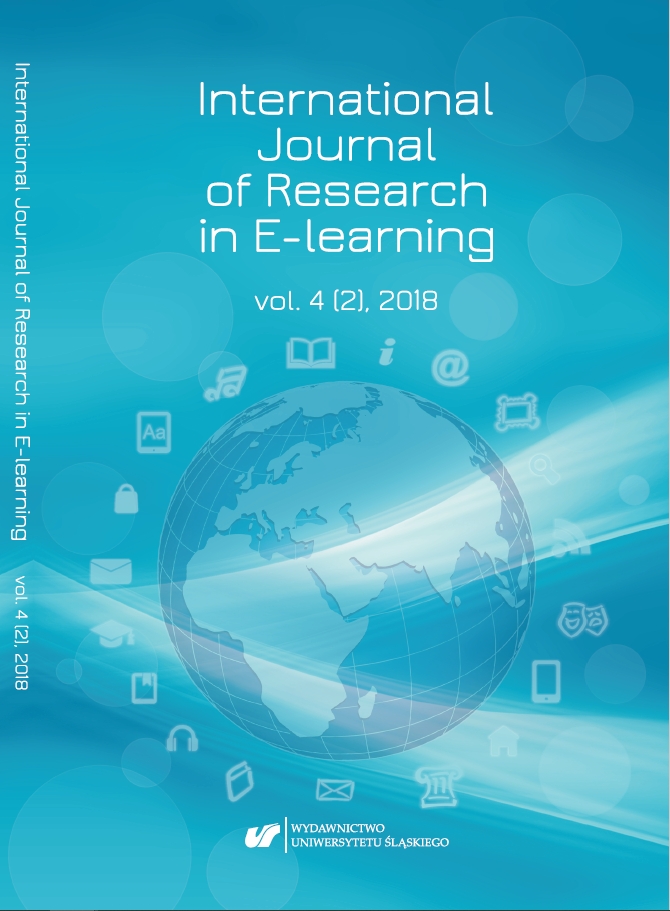

The article deals with the problem of the influence of the innovative educational environment of the university on the development of digital STEM competences in the process of training teachers of the new formation. It is determined that the innovative educational environment of the university consists of organisational, educational, methodological, and technological and information resources, the purpose of which is to create conditions for the development of digital STEM competences of teachers. The main aspects of introduction and development of STEM education in different countries of the world are analysed. Particular attention is paid to the functioning of the STEM Centre, which is the basis of the innovative educational environment of the pedagogical university. The practical experience in introduction of STEM education at Ternopil Volodymyr Hnatiuk National Pedagogical University is summarised. The peculiarities of the influence of the innovative educational environment of the university on the development of digital STEM competences are explored.
Download files
Citation rules

Vol. 4 No. 2 (2018)
Published: 2018-06-03